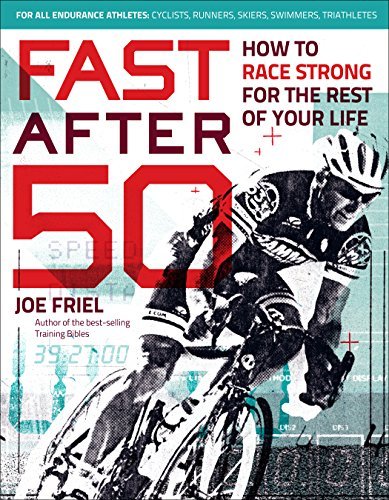What do you think?
Rate this book


Fast After 50 is for every endurance athlete who wants to stay fast for years to come.
For runners, cyclists, triathletes, swimmers, and cross-country skiers, getting older doesn't have to mean getting slower. Drawing from the most current research on aging and sports performance, Joe Friel—America's leading endurance sports coach—shows how athletes can race strong and stay healthy well past age 50.
In his groundbreaking book Fast After 50, Friel offers a smart approach for athletes to ward off the effects of age. Friel shows athletes how to extend their racing careers for decades—and race to win.
Fast After 50 presents guidelines for high-intensity workouts, focused strength training, recovery, crosstraining, and nutrition for high performance:
How the body's response to training changes with age, how to adapt your training plan, and how to avoid overtraining How to shed body fat and regain muscle density How to create a progressive plan for training, rest, recovery, and competition Workout guidelines, field tests, and intensity measurementIn Fast After 50, Joe Friel shows athletes that age is just a number—and race results are the only numbers that count.
With contributions from: Mark Allen, Gale Bernhardt, Amby Burfoot, Dr. Larry Creswell, John Howard, Dr. Tim Noakes, Ned Overend, Dr. John Post, Dr. Andrew Pruitt, and Lisa Rainsberger.
367 pages, Kindle Edition
First published January 1, 2015